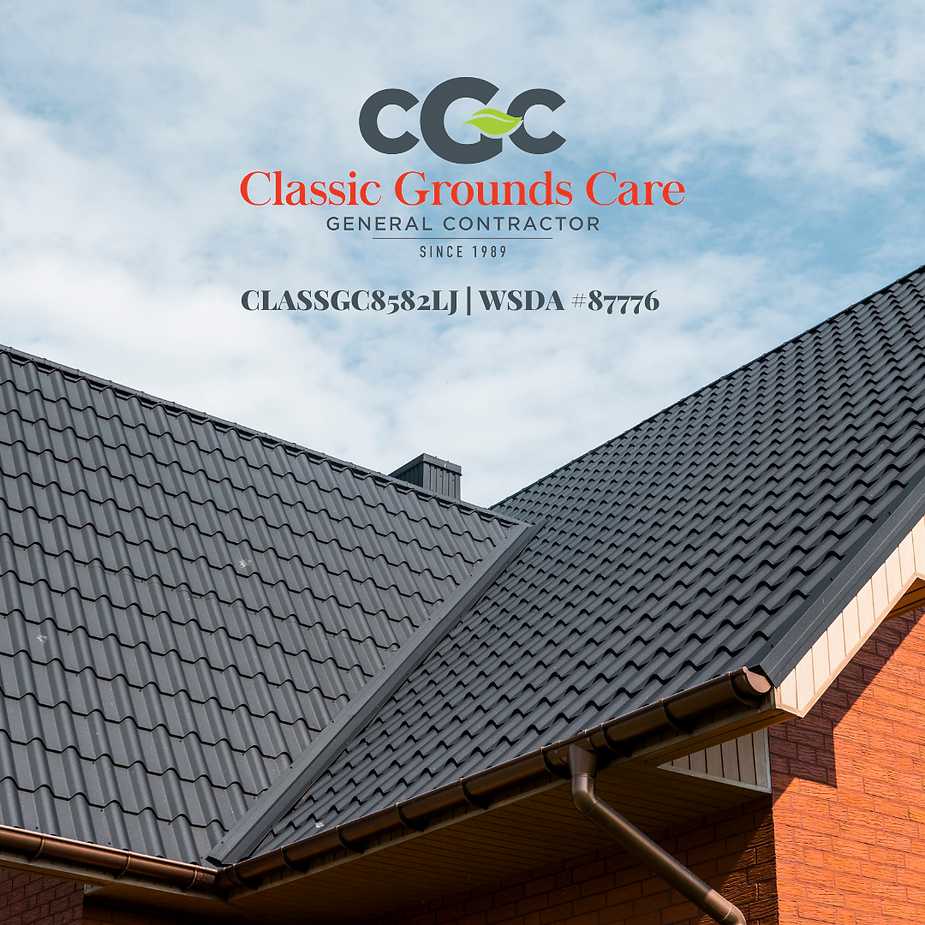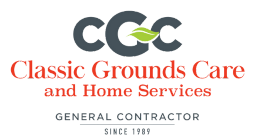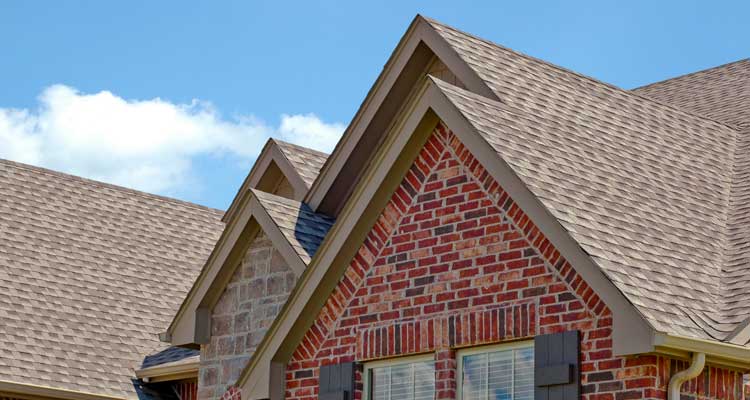
There are always going to be tips and tricks to help you extend the life of your roof, but it is important to make sure you are making a smart investment. You don’t want to end up spending more on preventative measures than it would cost you for a new roof. We are here to help you make an educated decision when it comes to caring for your roof. First, there has been a lot of buzz and excitement about new roof sealers and roof treatment products that are supposed to extend the life of your roof. These roof sealers are designed to re-invigorate your roof by hydrating it and preventing brittleness; therefore extending the lifespan of your shingles.
One of the major factors that is used to measure the success of a roof sealer is pliability. During the pliability test, treated and untreated shingles of the same age were bent at 90 degrees. This test is used to replicate wind damage and it was used to measure the effectiveness of roof sealers. During this test, both shingles passed. They flipped the shingles upside down and repeated the test, but since shingles would never be installed upside down this second part of the test lacks any merit for real-life situations.
Test number two – fire resistance; Both treated and untreated shingles performed the same. This test showed that roof coating did not increase the flammability of the shingles. Test number three – hail damage; A diminished impact depression was noted on the treated shingles, but only slightly less than the untreated shingles. The treated and untreated shingles were still damaged to the extent that insurance would cover a full roof replacement.
The permeability of a shingle affects how much moisture gets through. The treated shingles were found to be less permeable than the un-treated shingles but still significantly more permeable than brand new shingles. For example, a new shingle will have a permeability rate of 0.90 and after treating an old shingle the permeability rate is 3.60. That is four times more permeable than a brand new shingle. Often the cost of “extending” the life of your roof can be comparable to a new roof. And if you have been taking good care of your roof with regular roof and gutter cleanings, moss control & treatment, you should only have to replace the shingle or tiles, not the plywood underneath.
This brings us to why DOES our roof leak? Most leaks have nothing to do with aging shingles or tiles, in fact, most leaks are caused by flashing that was installed incorrectly or flashing that is aged and failing.
Punctures caused, either by hail, wind or fasteners breaking out and pushing through the shingle, punctures must be properly repaired and once they start it’s usually a sign that there are more to come. This typically means replacement is a better costly solution.
Older roofs usually lose curb appeal because of curling shingles, granule loss, algae, rust and staining, but adding a roof sealant won’t do anything to fix these issues. In fact, a roof treatment will just coat the stain and lock it in. If this is the route to choose to “extend” the life of your roof just a little longer, we are happy to help. Just remember that sooner than later you will be looking at replacing your roof.
Looking at all the factors when you are looking at “extending” the life of your roof or going for the replacement you should pay close attention when it comes to your roof and your investments but even more important are the finances. If your roof is nearing the end of it’s time, look at budgeting for a replacement. Also, your bank/lender can offer you low interest home improvement loans that you can use to replace your roof. This may be a good option because if your roof is failing or showing signs of age then it is time to stop putting off the inevitable. Investing in a temporary fix will only end up costing you more in the long run.



